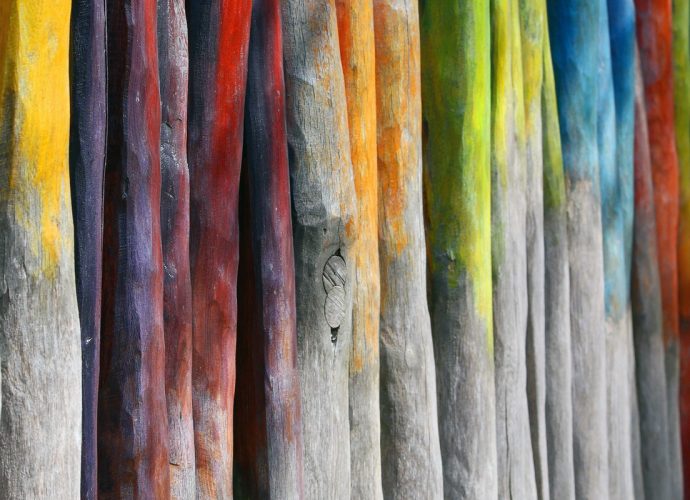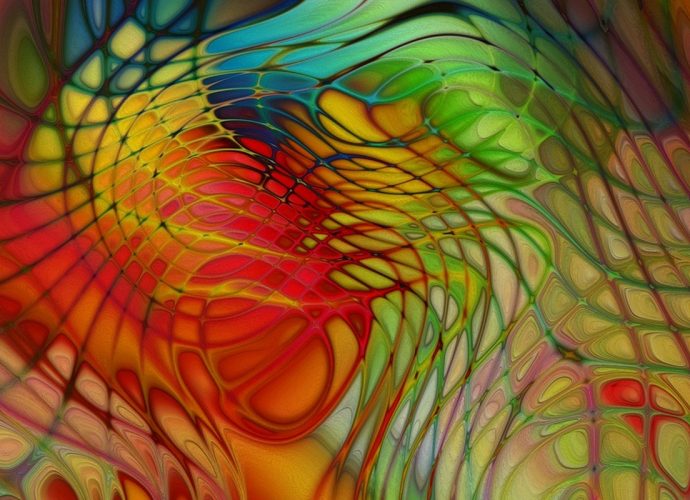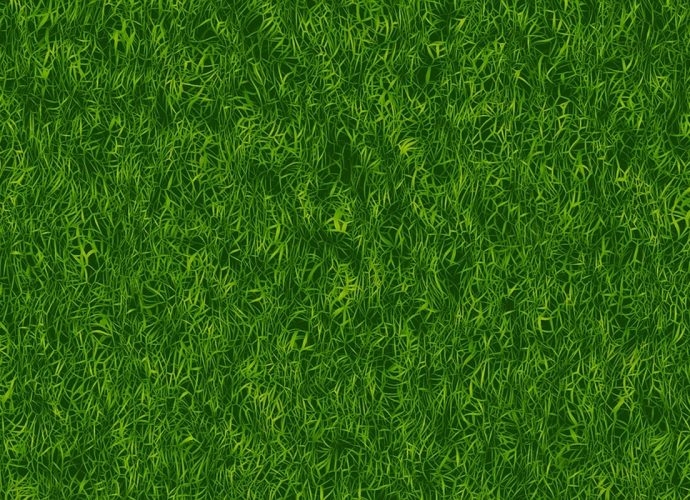How Is Ozone Produced By Humans?
Ozone is formed when heat and sunlight cause chemical reactions between oxides of nitrogen (NOX ) and Volatile Organic Compounds (VOC), which are also known as Hydrocarbons. This reaction can occur both near the ground and high in the atmosphere. How is ozone produced and what is its function? StratosphericRead More →





